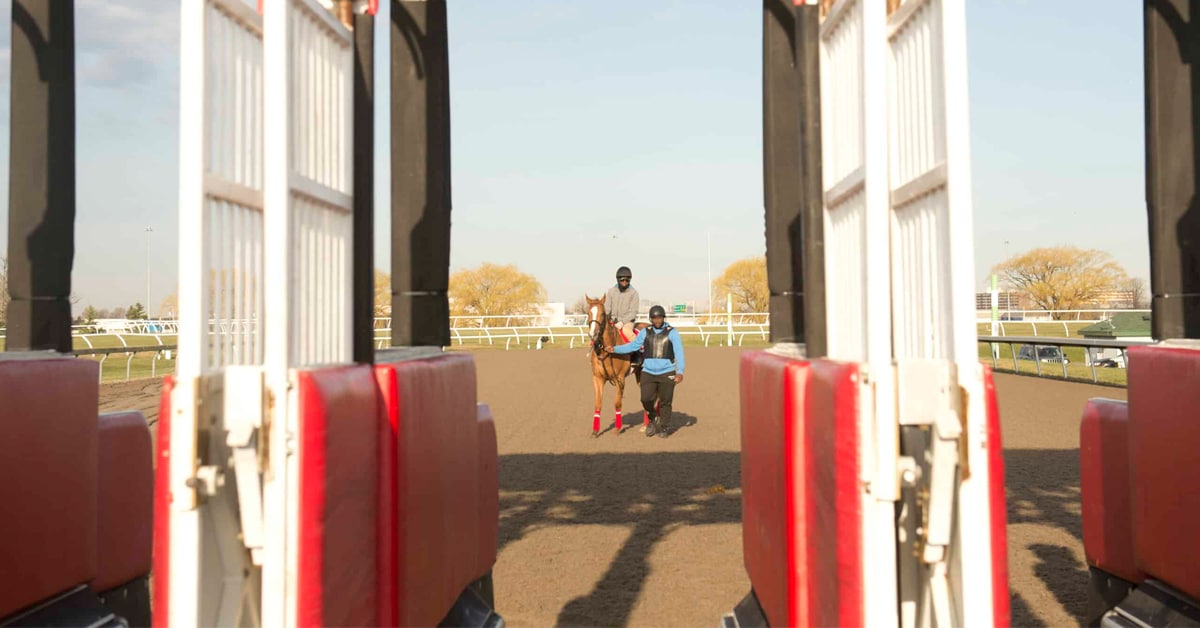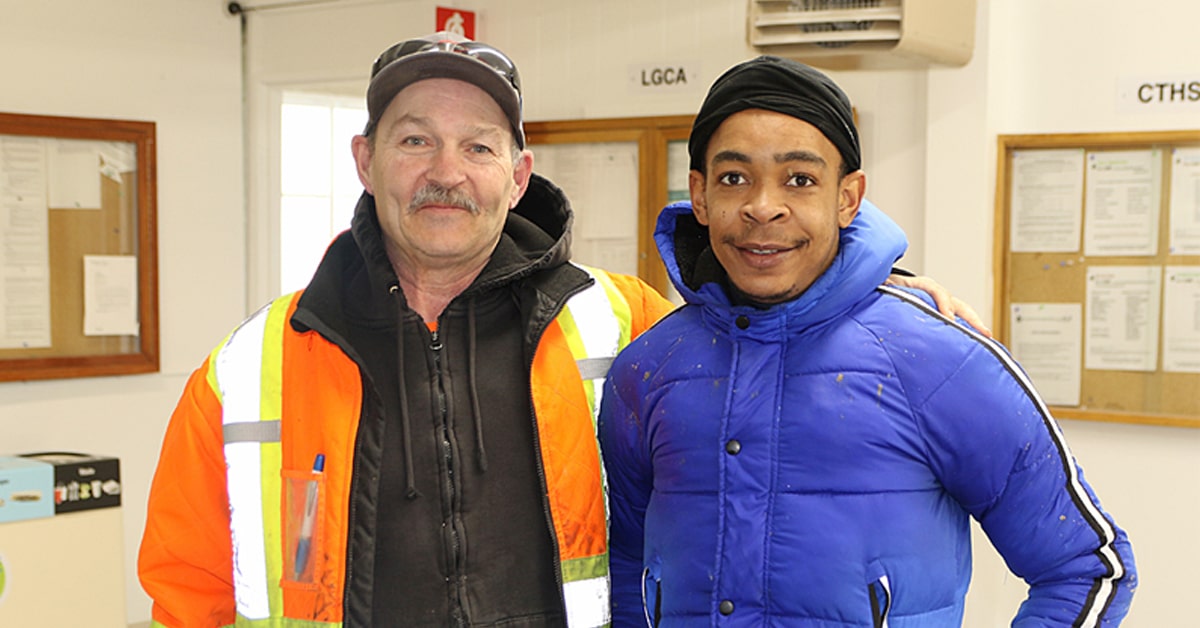A uniform, on-track equine injury reporting system developed by Dr. Mary Scollay, association veterinarian at Calder Race Course and Gulfstream Park, will be implemented as a pilot project at 30 US racetracks beginning Friday, June 1, it was announced today by representatives of the Welfare and Safety of the Racehorse Summit.
The goal of the injury reporting pilot project is threefold: to identify the frequency, type and outcome of racing injuries using a standardized format that will generate valid composite statistics; to develop a centralized epidemiologic database that could be used to identify markers for horses at increased risk of injury; and to serve as a data source for research directed at improving safety and preventing injuries.
The centerpiece of the system is a standardized form that will be used by racetrack veterinarians to identify what happened to an injured horse. The injured horses will not be identified at any time, and tracks will be able to compare their individual statistics to the aggregate statistics.
“Most tracks have been keeping much, if not all, of this information already,†Dr. Scollay said. “The difference with this program is that by using standardized terminology, definitions, and reporting criteria we can all be on the same page. And that will permit constructive interactions.â€
Another benefit is that the data could be linked to other studies emanating from the summit.
One is an ongoing study headed by Dr. Mick Peterson, professor of mechanical engineering, University of Maine, that records racing surface data. “There is no such thing as ‘an acceptable rate of injury,’ but until we are able to document injury rates, trends, and outcomes — and figure out where we are — it is hard to figure out how to get to where we want to be,†Dr. Scollay said.
In addition to the tracks starting the study on June 1, several other tracks are anticipating being participants if they can arrange personnel by that time.
More from Canadian Thoroughbred:





